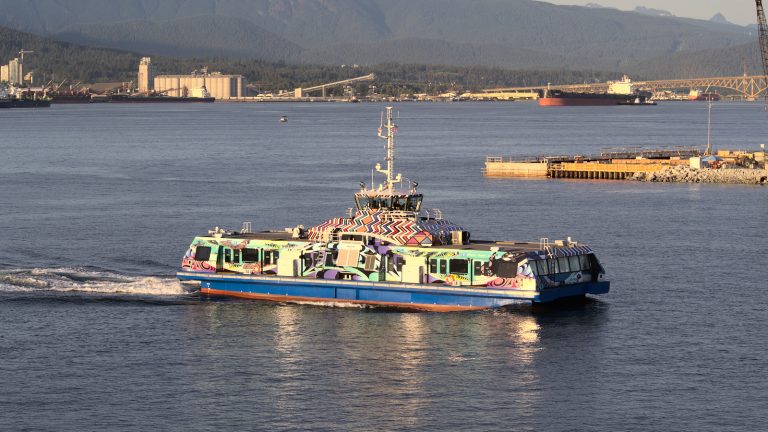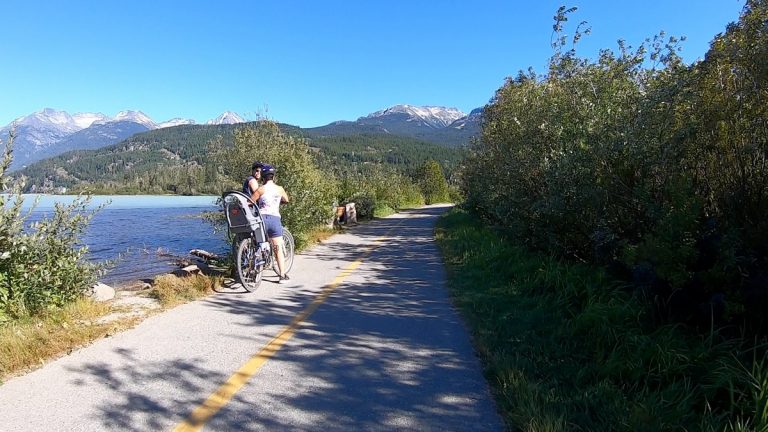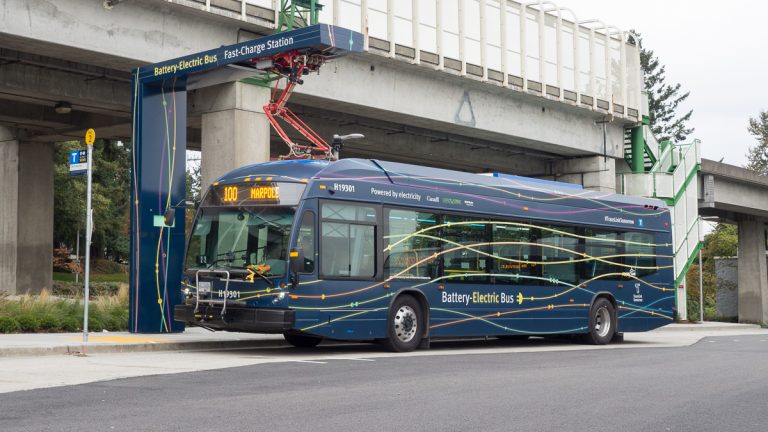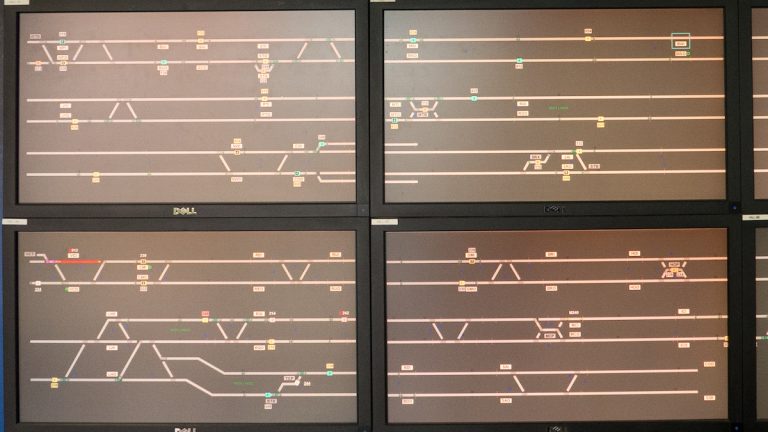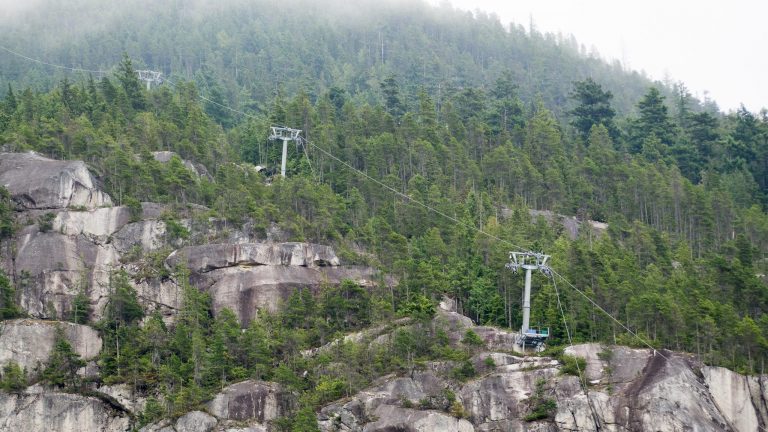Yesterday was the first day the Burrard Chinook (TransLink’s newest SeaBus) was put into revenue service.
The Chinook has a unique livery consisting of art from the Musqueam, Squamish, and Tsleil-Waututh First Nations communities and showcases the Chinook salmon within the ecosystem as well as First Nations cultures.
Transportation
Thoughts about public transportation and the like.
Cycling the Whistler Valley Trail
The Valley trails in Whistler, B.C. provide over 40km of maintained multi-use trails connecting Whistler Village to Green Lake to the north, and Function Junction to the south. The trails are a mixed of gravel and paved paths which make cycling on them easy for anyone. The trails run through different settings such as within forested areas, alongside a road or lake, or in a meadow like along the hydro cut. The shade provided by the trees along most of the trails make the bike ride reasonably comfortable especially on a warm summer day. Here are a couple time lapsed Continue Reading
TransLink’s Electric Battery Buses
About a month ago, TransLink launched its first four electric battery buses on a trial program on the #100 Marpole-22nd Street Station route. There are currently two bus models being trialed: New Flyer XE40, and the Novabus LFSe. These are actually not the first electric battery buses to be run on Vancouver roads. In 2017, TransLink had one demonstration bus from Build Your Dreams (BYD). I never got a chance to ride it though. Whereas the BYD had slow charging (overnight at the depot), the New Flyer and Novabus models here have fast charging at the termini. Two fast charging Continue Reading
SkyTrain OMC Tour
This past Wednesday I had an opportunity to tour the SkyTrain Operations and Maintenance Centre (OMC). I have been there once before back in 2010, and a lot has changed since then. First place we visited on the tour was the Control Room. The Control Room is in a restricted area on the top floor of the OMC overlooking the yard. At least eight people staff this room 24 hours a day, monitoring, responding to and resolving problems across the system. Unfortunately I wasn’t allowed to take any photos inside the room. But since the last time, most (not all) Continue Reading
Sea to Sky Gondola Lift Incident
On August 10, 2019 in the early morning, the haul rope on the Sea to Sky Gondola was discovered to have snapped. The gondola was not in operation at the time of the incident. I went to take some photos of the aftermath.

